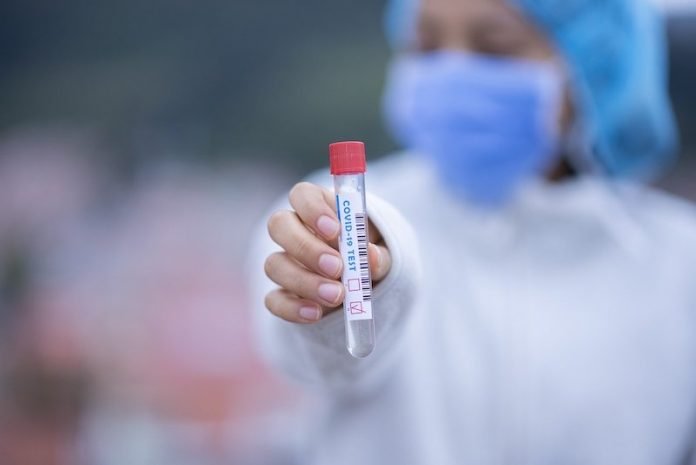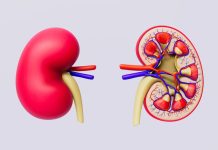
In a new study, researchers developed improved protocols for the detection of COVID-19.
The method can detect a positive sample in a pool with 25 uninfected samples in less than one hour.
The research was conducted by a team at the Max Planck Institute for Evolutionary Anthropology and elsewhere.
In order to monitor and contain the spread of SARS-CoV-2, it is necessary to test large numbers of people on a regular basis in decentralized settings.
Quantitative real-time polymerase chain reaction (qPCR) is the most widely used diagnostic method to detect RNA viruses such as SARS-CoV-2.
However, it requires expensive laboratory equipment and global shortages of reagents for RNA purification have increased the need to find simple but reliable alternatives.
One alternative to the qPCR technology is RT-LAMP (reverse transcription loop-mediated isothermal amplification).
This test amplifies the desired target sequences of the virus at a constant temperature, using minimal equipment compared to qPCR.
In 2020, it was adapted to the detection of SARS-CoV-2. It was also shown that instead of a swab, which many people find unpleasant, it can be performed on gargle lavage samples.
In the study, the team developed an improved colorimetric RT-LAMP assay, called Cap-iLAMP (capture and improved loop-mediated isothermal amplification), which extracts and concentrates viral RNA from a pool of gargle lavage samples.
After a short incubation, the test result—orange/red for negative, bright yellow for positive—can be interpreted visually or by using a freely available smartphone app.
The improved testing method outperforms previous similar methods.
It drastically reduces false positives and single infected samples can be detected in a pool among 25 uninfected samples, thus reducing the technical cost per test.
This new method overcomes problems linked to standard RT-LAMP and could also be applied to numerous other pathogens.
One author of the study is Lukas Bokelmann.
The study is published in Nature Communications.
Copyright © 2021 Knowridge Science Report. All rights reserved.



